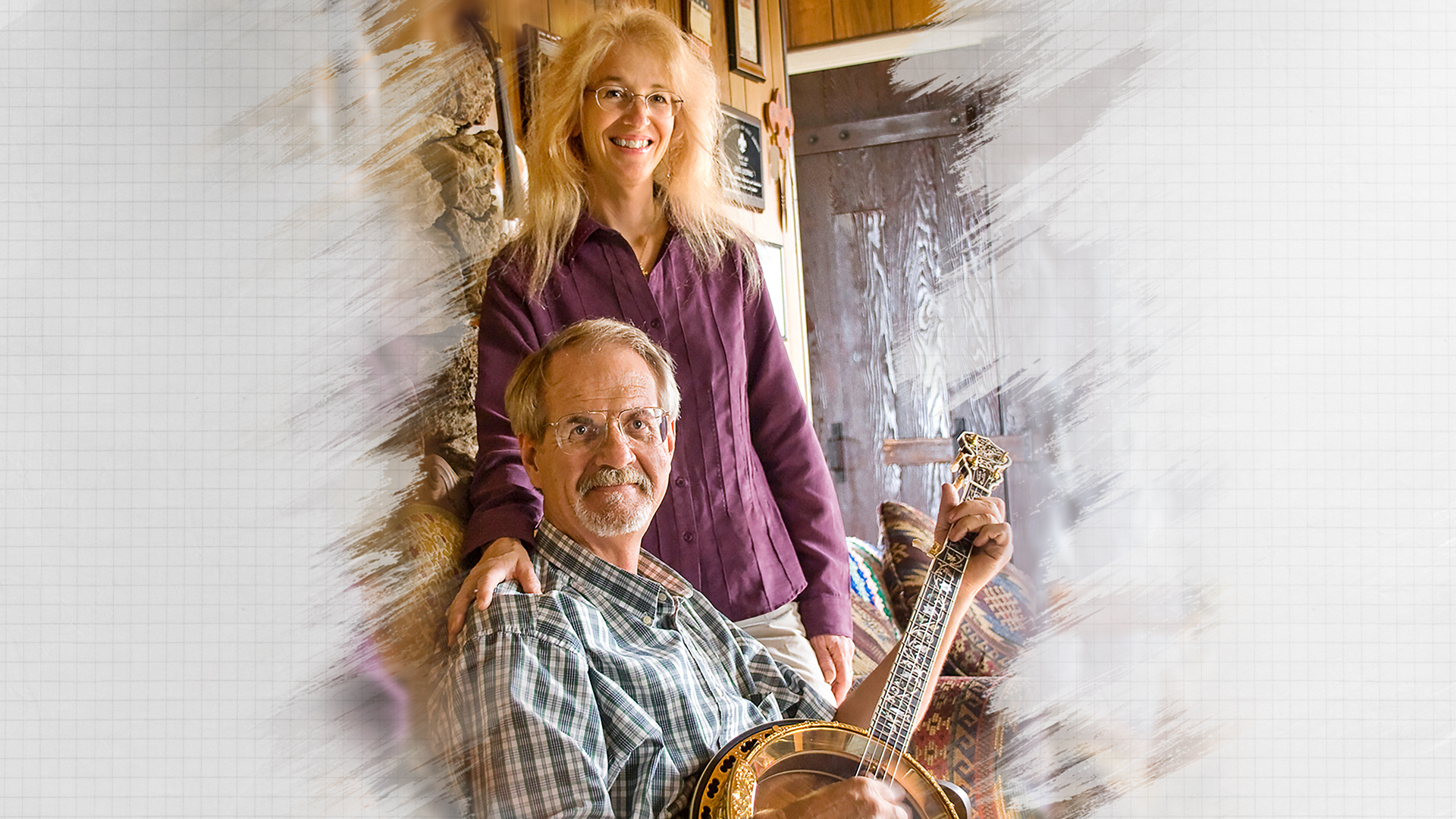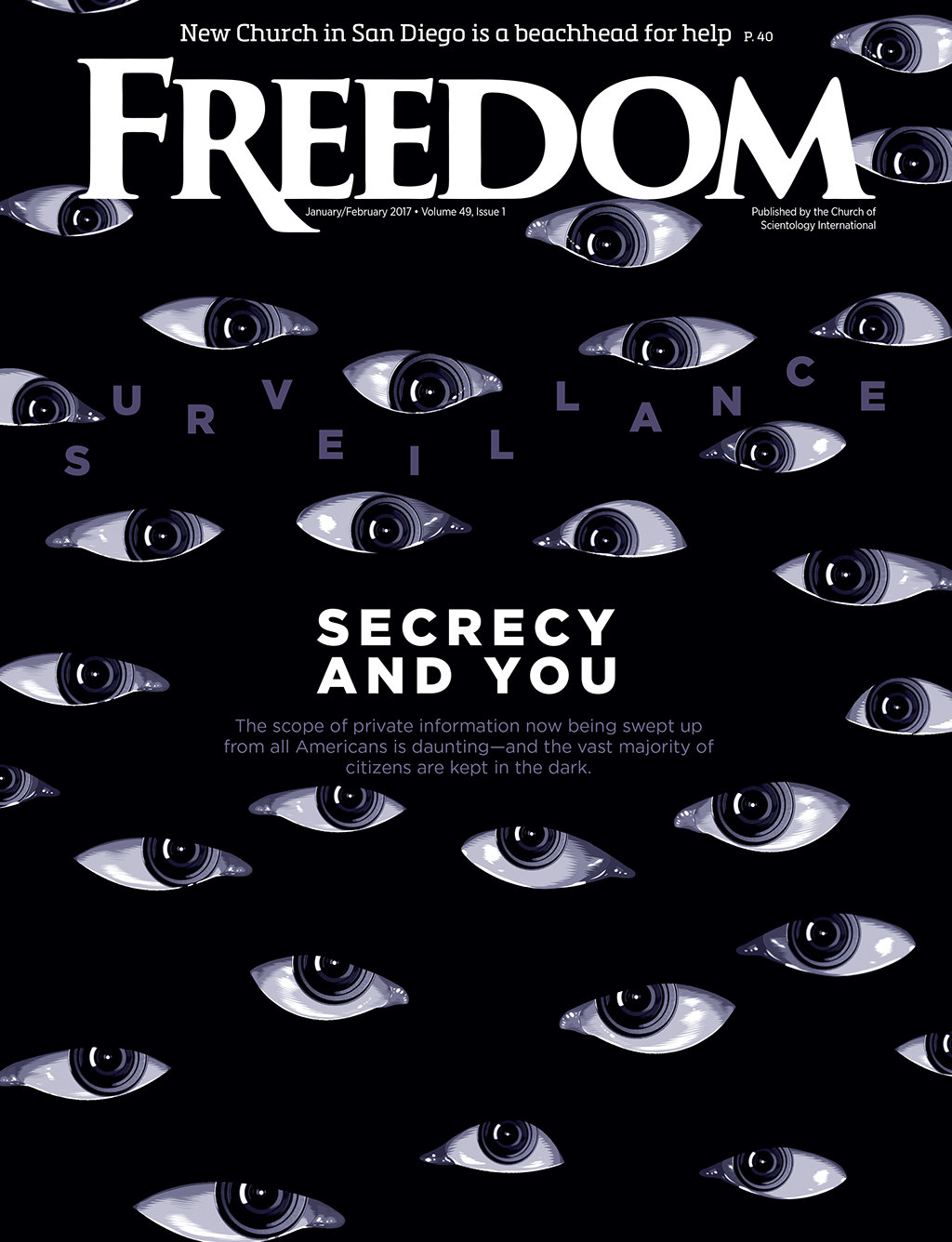By age 7, Greg was learning draftsmanship so he could design more complex model airplanes. When he entered his teen years, Greg’s love for building meshed with his desire to play the banjo. He visited the local music store daily, salivating over the Pete Seeger “Vega” model hanging on display. But that model cost $400, which priced it out of reach for a 13-year-old in 1963.
But the dream never died, and Greg set out to build a banjo that folks could afford.
By early adulthood, Greg had met and married Janet, a beautiful woman who shared his dream and his drive. But how to get started on building the affordable banjo?
They began with almost nothing, turning their modest first home into a banjo spare parts warehouse. Banjo parts lay everywhere, leaving only their bathroom and kitchen free of bits and pieces they would cobble together. Their neighbors complained about them running a business from their home, so Greg and Janet moved to a more fitting house—in back of a junkyard.
Despite the view, the junkyard proved to be a gold mine for spare parts, and in a short time Greg became gifted at making banjos for practically nothing. But the money didn’t exactly pour in and the couple were reduced to keeping chickens for their eggs and eating a lot of peanut butter sandwiches. But they made a pact—no matter what happens, they would not quit.
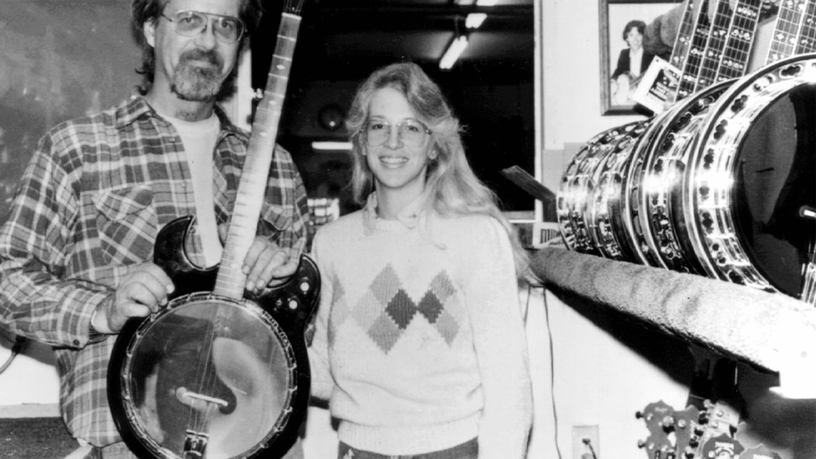
Still scrounging from salvage yards and spending every Saturday morning haunting swap meets, they would find important parts for very little money.
Now it was time to try selling their creations, and Janet volunteered for that task. With no skill in sales, Janet decided she would take a teacher approach, so she hit every music store she could find in Los Angeles, teaching the owners about the Deering Banjo.
Although sales picked up, cash flow remained tight, and there was an unexpected disaster in the making. The Nashville music industry had stopped using banjos in their recordings. The electric guitar had become the dominant Country-Western instrument.
In the nearly 200-year history of the modern banjo in America, where it was developed by Joel Sweeney in 1840, this instrument was loud enough in an acoustic band, but could not compete with amplified instruments. The banjo itself had not been successfully electrified to this point.
But Greg Deering would see about that. His first attempt got only laughs when he demonstrated it at a trade show. It would take him three years of trial and failure before one of the workers in his “factory” had the right idea. The result was the Crossfire electric banjo, which Greg immediately patented.
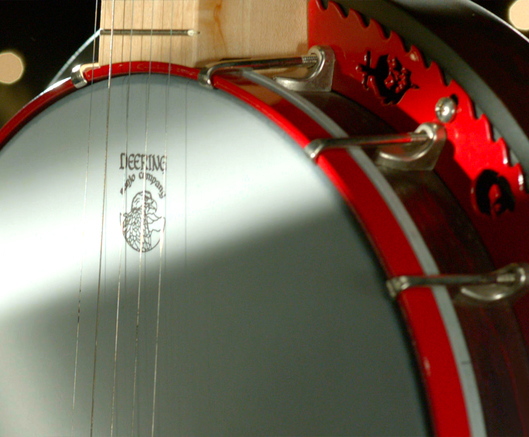
When you hear banjo music playing nowadays, you can give the nod to Greg and the Crossfire. And orders came in so fast that Greg and Janet had to move their operation to a larger facility, and hire and train more people. Their manufacture improved and they branched out into other models, including the Goodtime banjo, the only lower priced instrument made in the U.S.
Today, the Deerings make about 80 banjo models, including the surprisingly popular banjo ukelele. They make custom banjos like their Zombie Killer banjo, requested by the fans of the movie Zombieland, in which actor Woody Harrelson attacks the walking dead and then dispatches them with his banjo.
As Nashville has returned the banjo to its instrumentation, the Deerings now have made more banjos than any other American company in history. Among the talented users of their instruments are the Indigo Girls, Roy Clark, Keith Urban and the Dixie Chicks, to name just a few.
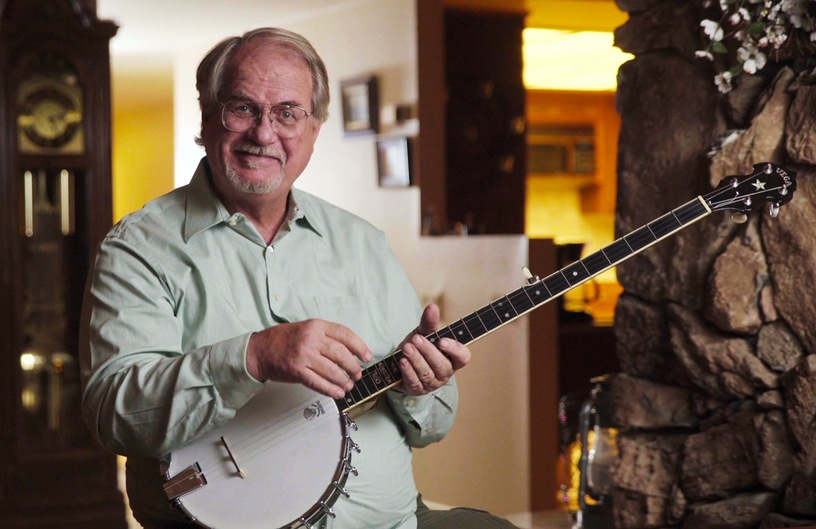
Looking back on their journey, Janet Deering muses: “I am certain we could not have had the success we’ve had today without knowing Scientology fundamentals. That has been so much the foundation of everything we’ve done in business, everything we’ve done with our lives.”
Be sure to catch the uplifing story of the Deerings in their episode of Meet a Scientologist airing on the Scientology Network.


